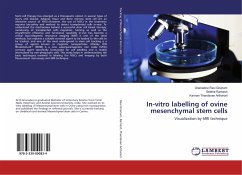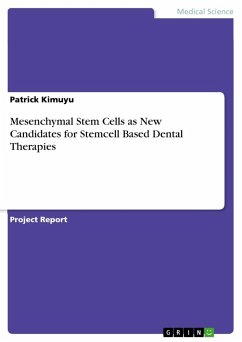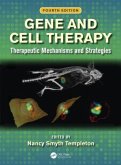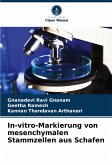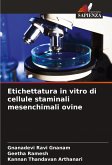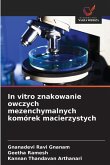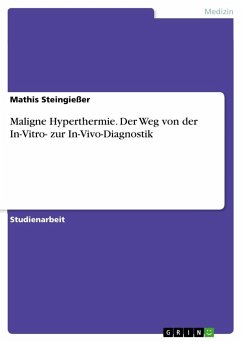Stem cell therapy has emerged as a therapeutic option in several types of injury and disease. Adipose tissue and Bone marrow stem cell are an attractive source of MSCs However, the use of MSCs in the treatment requires bio-safety and method to detect transplanted cells in-vivo. To understand the mechanisms behind a successful stem cell based therapy, monitoring of transplanted cell's migration, homing as well as the engraftment efficiency and functional capability in-vivo has become a critical issue.Magnetic resonance imaging (MRI) is one of the ideal methods, but requires a suitable contrast agent to be loaded to the cells to be tracked, and one of the most wide-spread in stem cell tracking is a group of agents known as magnetic nanoparticles. Molday ION Rhodamine-B(TM) (MIRB) is a new superparamagnetic iron oxide (SPIO) contrast agent specifically formulated for cell labelling and is readily internalized by non-phagocytic cells. This study helps in understanding the basic techniques involved in labeling the MSCs and imaging by both flouorescent microscopy and MRI technique.
Bitte wählen Sie Ihr Anliegen aus.
Rechnungen
Retourenschein anfordern
Bestellstatus
Storno

